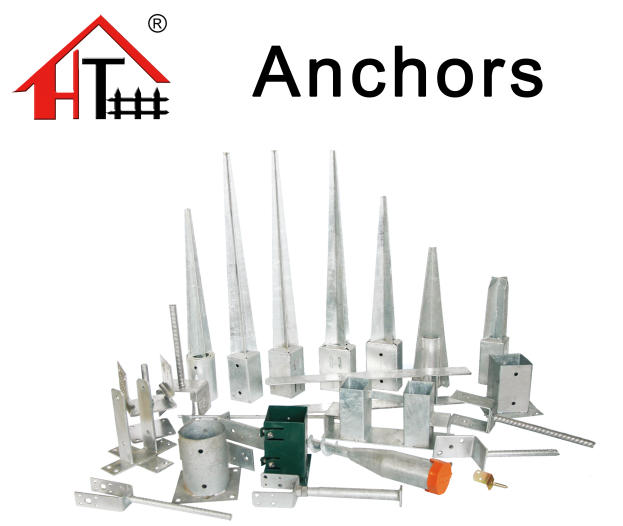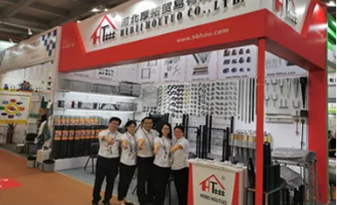The Tomato Cage Garden A Journey of Growth and Flavor
When it comes to gardening, few things are as rewarding as growing your own tomatoes. Whether you're a seasoned gardener or a novice, establishing a tomato cage garden is an excellent way to enhance your gardening experience while ensuring the health and productivity of your plants. In this article, we will explore the benefits, design, and care of a tomato cage garden.
Why Choose a Tomato Cage?
Tomatoes are sprawling plants that require support as they grow. Without proper support, the stems can break, and the fruits can become damaged. A tomato cage serves as an effective solution, allowing the plants to climb and thrive. Unlike traditional staking methods, cages provide all-around support and help to keep the fruit off the ground, preventing rot and pest infestations.
Designing Your Tomato Cage Garden
Creating a tomato cage garden begins with selecting the right location. Tomatoes prefer full sun, so choose a spot that receives at least six to eight hours of sunlight daily. Well-drained, rich soil is essential for optimal growth. You can enhance your soil by incorporating compost or well-rotted manure to provide necessary nutrients.
When it comes to choosing a cage, there are various types available on the market — from wire cages to DIY solutions. A sturdy cage should be at least 4 to 6 feet tall and wide enough to accommodate the expanding plant. For DIY enthusiasts, using concrete reinforcing wire or cylindrical fencing can create durable and effective cages.
Planting and Care
tomato cage garden

Once your cages are in place, you can begin planting. Choose tomato varieties suitable for your climate and space – from cherry tomatoes to beefsteaks, the selection is vast. Plant your seedlings deep into the soil, up to the first set of leaves, to encourage strong root development.
Watering is crucial for tomatoes, especially during the hot summer months. Consistent moisture is vital, so aim to water deeply once or twice a week, depending on rainfall. Mulching around the plants can help retain moisture and suppress weeds.
Regularly check your tomato plants for pests and diseases. Common threats include aphids, hornworms, and blight. Early detection and intervention can prevent larger issues and ensure a bountiful harvest.
Harvesting the Fruits of Your Labor
After weeks of nurturing, the moment of excitement arrives harvest time! Tomatoes are usually ready to pick when they are firm and fully colored. Gently twist or cut them from the vine to avoid damaging the plant. Enjoy your fresh tomatoes in salads, sauces, or simply on their own – nothing beats the taste of homegrown produce.
Conclusion
A tomato cage garden is not only a practical solution for supporting your plants but also an invitation to explore the joys of gardening. With some basic understanding and care, you'll find that cultivating tomatoes can be a fulfilling hobby that enhances your culinary experiences. So gather your supplies, plant your seeds, and watch your tomato cage garden flourish!
















